

Agualva_en


Forty-five minutes on the train out of Lisbon, the joint parish of Agualva e Mira Sintra appears in the distance as a mass of tall, tightly packed buildings, with sparse, narrow windows. The Avenida dos Bons Amigos forms the central artery of the parish, and is an intense mix of trade and traffic. It is a sort of hub through which thousands of people pass every day in the coming and going between the Sintra trainline and the capital.
Monday, Tuesday, Wednesday, Thursday, Friday… every day the same pattern repeats, like a carbon copy. You have to meander through the tarmacked streets to reach the highest point in the parish, where a panoramic view over Serra de Sintra’s urban sprawl unfolds. Mira Sintra is less of a shopping hub, but today houses infrastructure like the Cultural Centre and the train station from which the so-called west line follows the coast north to Figueira de Foz.
On Saturdays and Sundays the rushed steps slow down to a wandering pace. On the weekends, life is played out in the parish’s green spaces and on the 1947 CD Agualva football pitch when there’s a match. The Ribeira das Jardas park is a hive of activity. Here people don’t play cards or bocce, people—of all colours and creeds—meet to simply chat, without taking their eyes off the kids playing on the slides and swings.
Anyone can see how much people use public spaces and are part of the parish’s daily life, even if this doesn’t translate into a greater proximity to local politics. “I don’t know who the municipal mayor is, or the head of the parish. I’m from Moscavide [Lisbon neighbourhood]. I moved here over 30 years ago, but I always worked outside the parish. I pretty much just sleep here,” says Luís (57, machine operator).
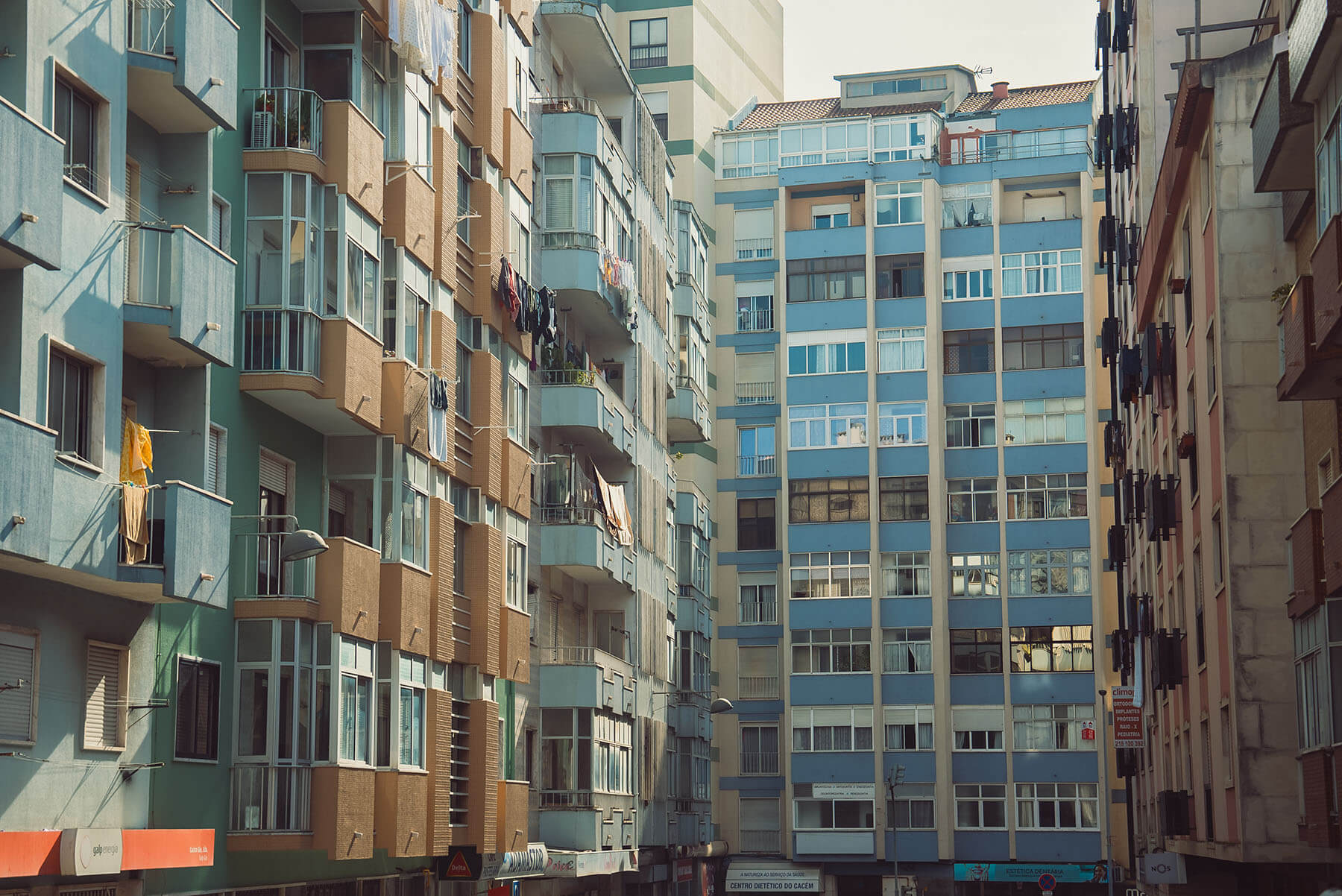
Agualva e Mira Sintra comprises half the municipality of Agualva-Cacém, which used to be a small agricultural village, located on the Ribeira das Jardas. The Lisbon-Sintra trainline, the arrival of people from all over the world, and the urban planning after the 25 April 1974 revolution, all changed the demographic, social and economic profile of this periphery of Lisbon. Today, the territory is split into two joint parishes: Agualva e Mira Sintra and Cacém e São Marcos, with the Ribeira das Jardas marking the border between the two. They are neighbouring territories, and not just geographically: in both, the populations are a mix of people of all colours, beliefs and cultures, the majority of whom spend their days working elsewhere and only come home to sleep.
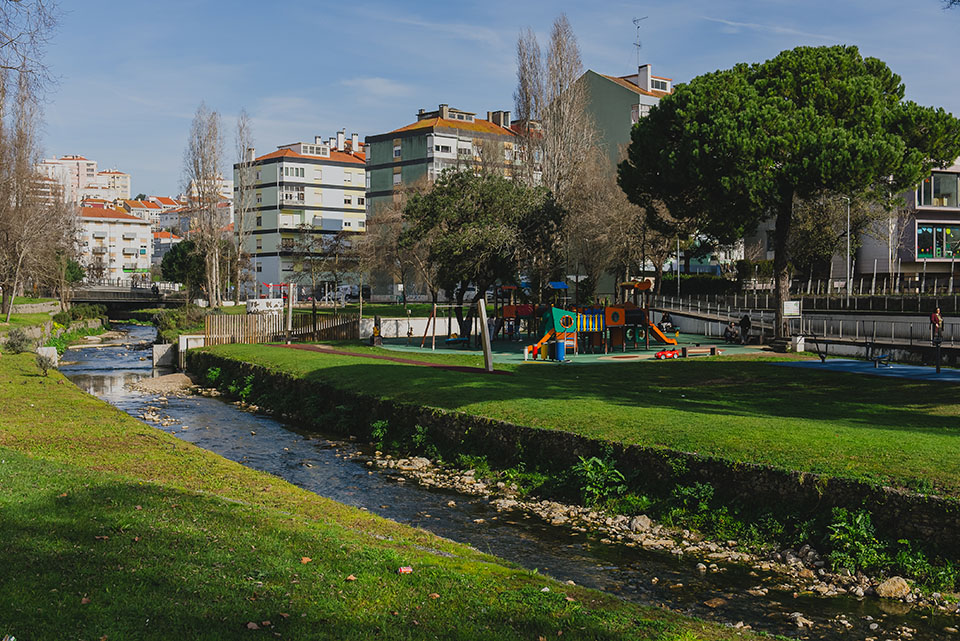
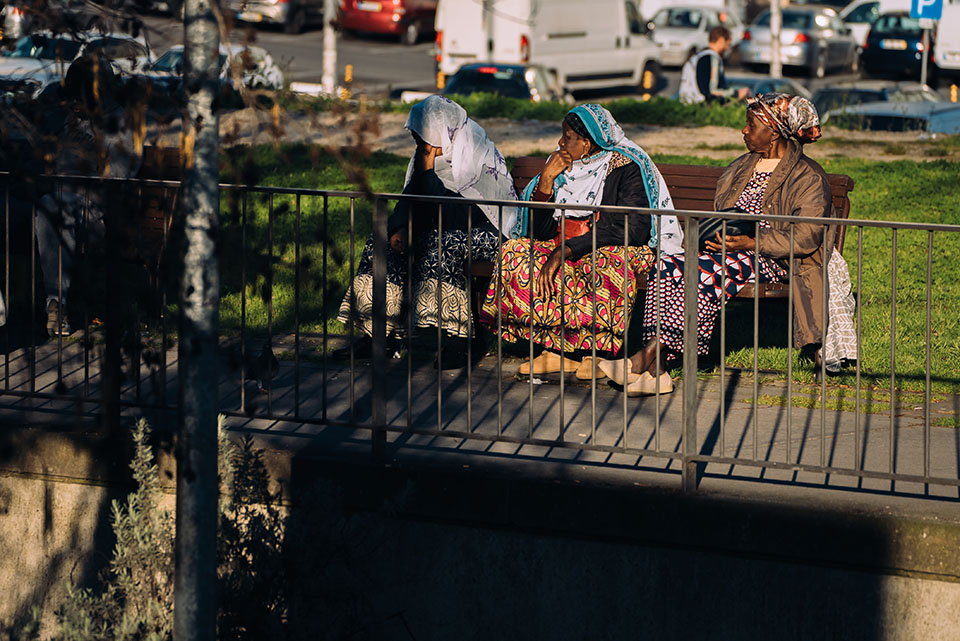

65%
Agualva e Mira Sintra was in the top ten parishes in terms of abstention in the 2021 local elections in Portugal.
Source: Secretariat General Ministry of the Interior
“I always vote in parliamentary and presidential elections, but not so much in the local ones. Without a prime minister and a president of the Republic we won’t get anywhere.”
Fernanda, 70 years old, retired domestic worker
“I don’t vote because there’s no ideal party. Why go just to cast a blank vote? I’ve also sometimes been out of the country when elections were happening.”
Mário, 69 years old, retired teacher

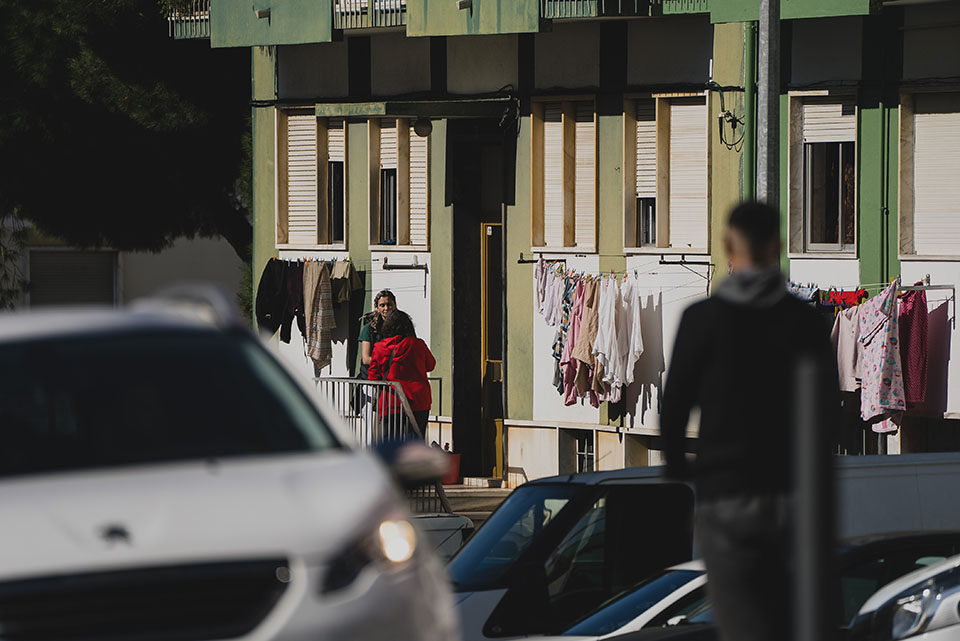

“Everyone can see the state the country is in: rents through the roof, salaries through the floor, fuel prices are crazy. Politicians promise more and more, but then when they get to power… I make a point to vote but my vote won’t win them the election. My vote is always random, I always put a cross on one of the parties lower down, the smaller parties.”
Patricia, 45 years old, warehouse assistant
51%
The percentage of inhabitants who travel outside the town for work is higher than the median for Portuguese parishes (34%). Nearly 45% of these workers take between 30 minutes and an hour to get from home to work.
Source: Census 2021

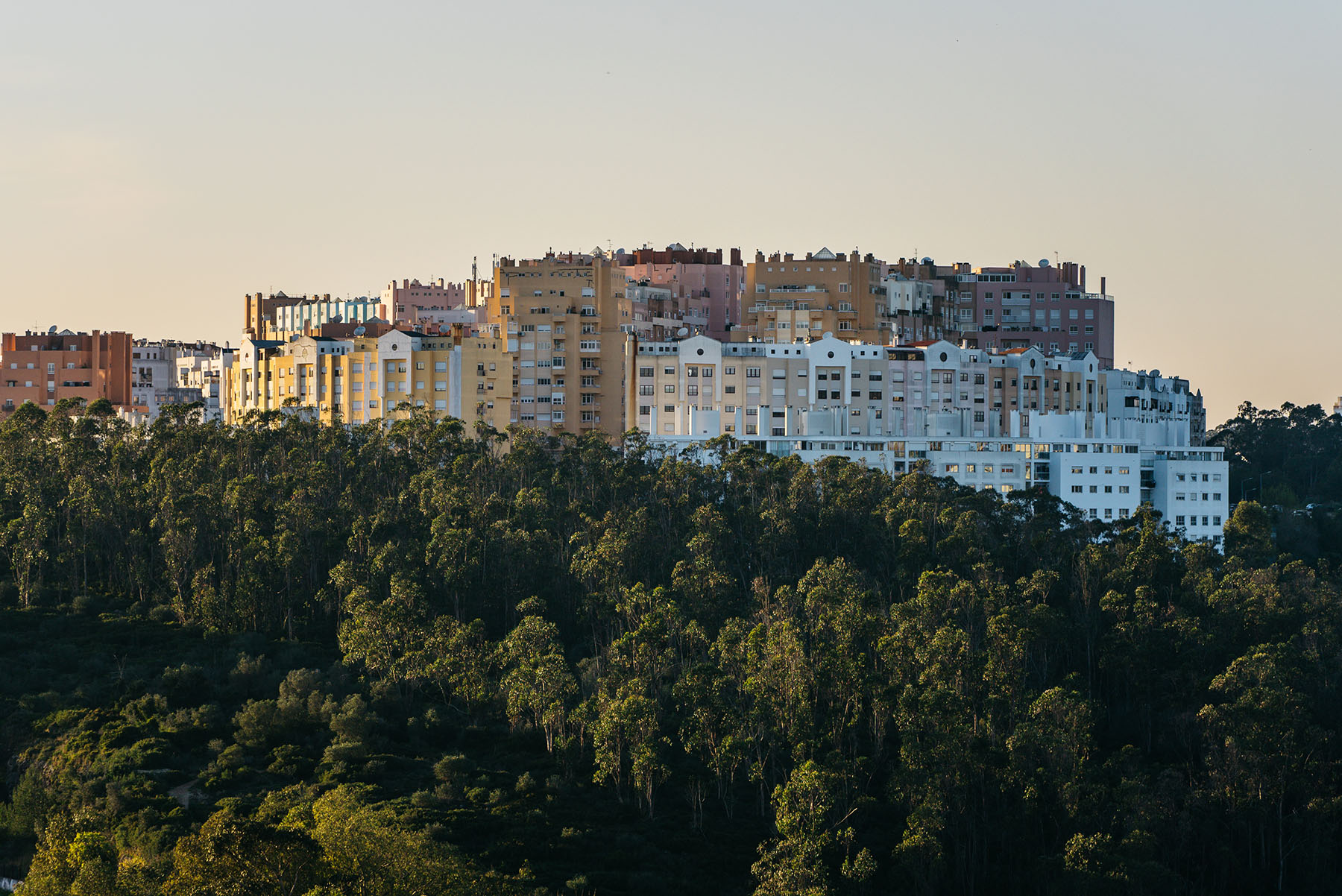
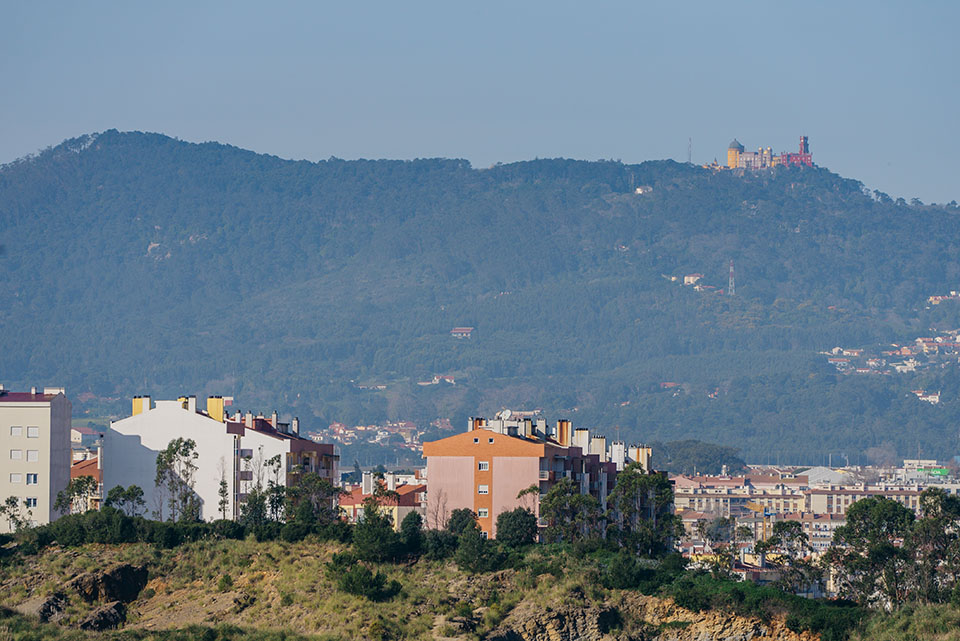
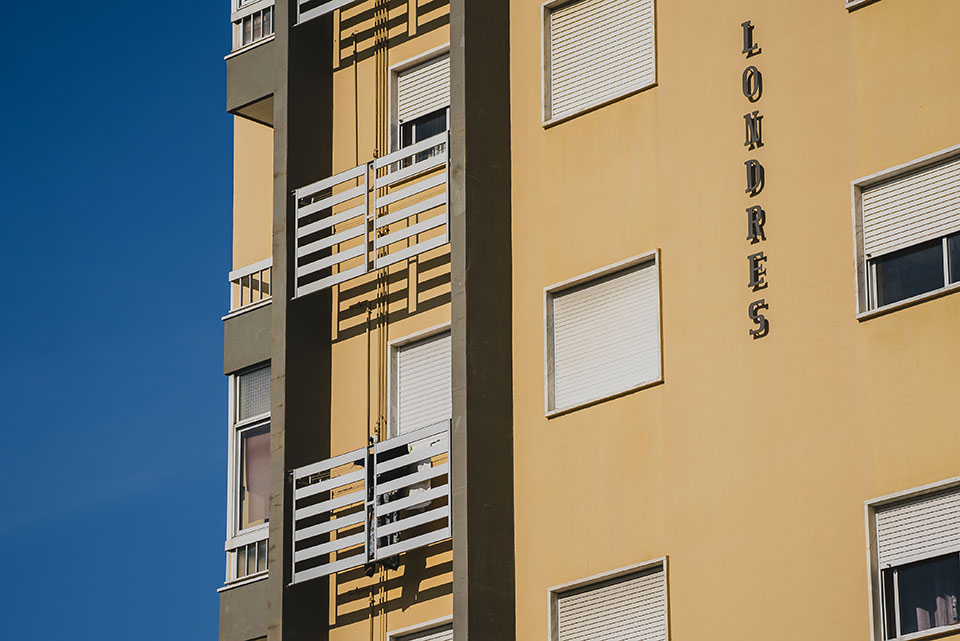
“I’m from Moscavide, but I’ve lived in Agualva for 30 years. I work out of town, I practically just sleep here, every day is the same. I don’t know who the parish mayor is. Since Álvaro Cunhal, they’ve all been puppets. Politicians today just want power, none of them fight for their convictions anymore. I vote to have someone in the opposition in the Assembly, to try to avoid what happened to the CDS conservative party who ended up without any representatives in Parliament.”
Luís, 57 years old, machine operator
“I was born in Angola, I came to Portugal with my parents in 1975. My current partner is from Agualva, I’ve been here for 10 years. I do my bit: I work, do my hours, keep my company moving forward, to help the country grow. But I don’t believe in politics. No one does what they say they will, they always have some excuse—the war, the collapse of the banks, the economy… So why care. The country should be governed by managers, not politicians.”
Fausto, 54 years old, sales rep
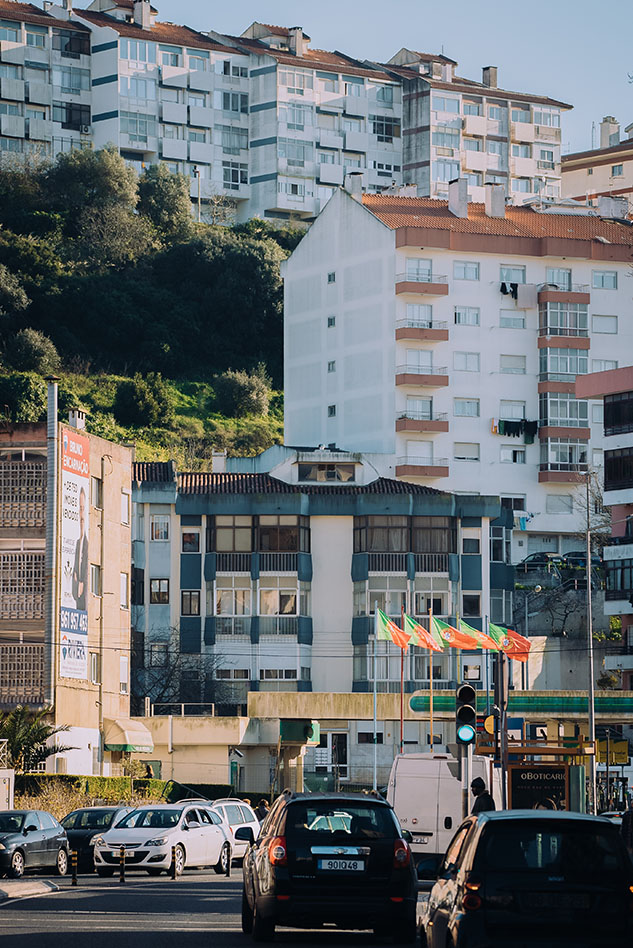
25778
62% of residents are working age, in line with the national average (60%).
Source: Census 2021
10%
The unemployment rate is higher than the national average (8%).
Source: Census 2021

“It’s not foreigners who most use benefits. For them, Portugal is a trampoline, here you can’t earn anything. They work like crazy, get their papers and then leave. They leave what they’ve paid in here. Portugal is built by Africans: Expo’98, the Africans; the metro extension, the Africans. Ventura [leader of the Portuguese right wing populist party Chega] doesn’t see that! Everyone votes in my house—my wife, my kids—except me. I respect their decision, they have to respect mine. Politicians are all the same: you change the record but it plays the same tune.”
Mário, 69 years old, retired teacher
“I think it’s important for democracy that the so-called radical parties have a place in parliament. They are the voices of many people who hide behind political correctness. These parties scrutinize political power, they have the courage to lift the lid on things to reveal the mess beneath. How is it that when someone does a bad job and gets fired, they then get another job somewhere else in the Government? It’s scandalous! It’s jobs for the boys. We must be brave enough to change. If this isn’t working, I prefer to give the benefit of the doubt to the other party.”
Fausto, 54 years old, sales rep

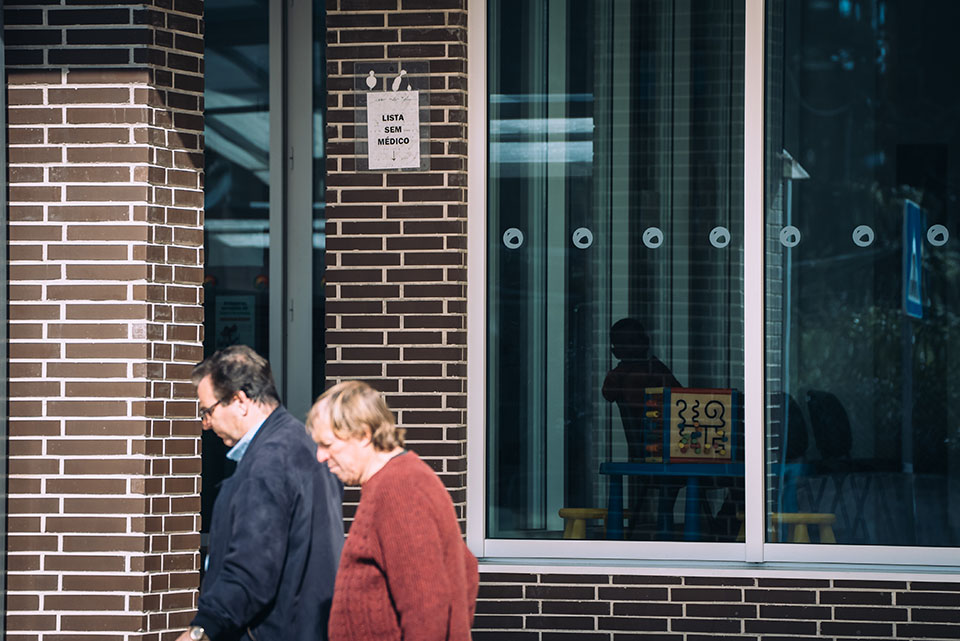
“I feel we’ve got no choice. I don’t want to vote for Ventura, I don’t want to vote for the Socialist Party, or the Social Democratic Party. I don’t want to vote for any of them. I don’t agree with their principles or their means. Politics is an embarrassment!”
Ana, 29 years old, market trader
24%
Percentage of foreign citizens living in Agualva e Mira Sintra, from a total of 41,000 residents. Of these, most are Cape-Verdean (24%), followed by Angolan (20%) and Brazilian (16%).
Source: Census 2021


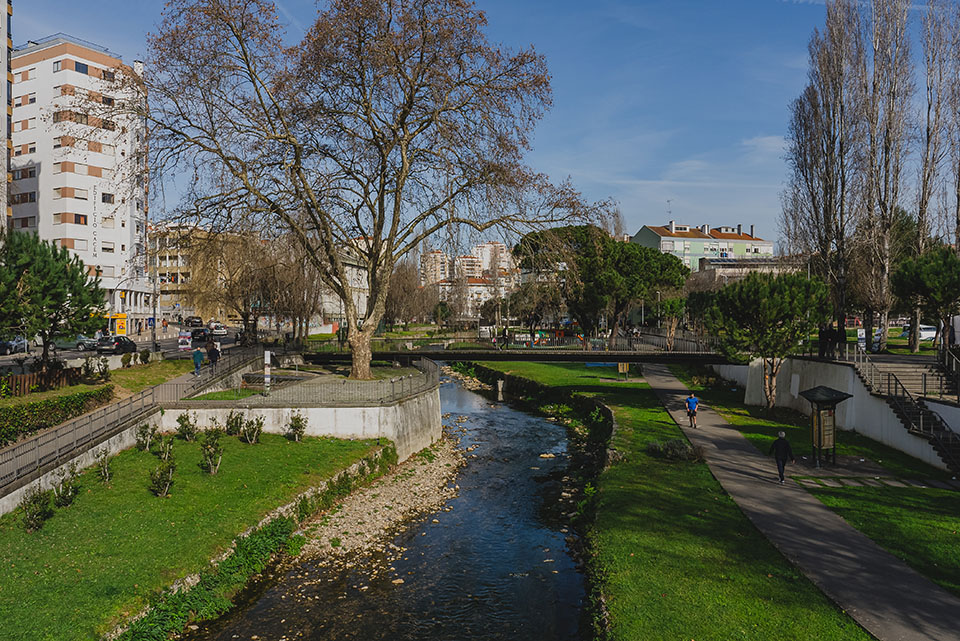
“I arrived here from Cape Verde in 1977. First, I lived in Figueira da Foz and then I moved to Agualva, in 2014. I watch politics on the television, I listen to the speeches and, on Sundays, I like to listen to Luís Marques Mendes [political commentator]. I always vote, in all elections.”
Joaquim, 78 years old, retired fisherman
“I arrived from Angola 15 years ago. I live in a country where I can vote, so I vote gladly. I’m not one for rallies, I just vote for one party. Elections are like a football game: we always want our team to win. I think it’s difficult to change for the better, and I always hope it won’t change for the worse.”
José, 69 years old, retired bricklayer


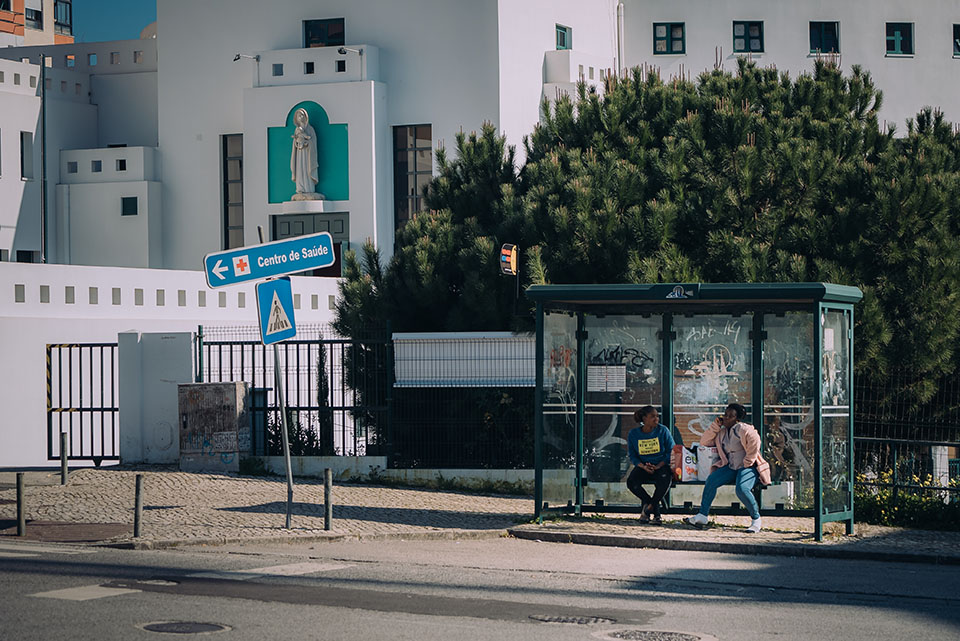
“I agree that, if we can, we should help others. But if we can’t help our own, how can we help others? When I invite someone to come to my house, I give it at least a light clean first. We’re not doing that. Portugal is like England used to be: immigrants come to live off benefits. And I can’t accept that.”
Luís, 57 years old, machine operator
39%
Income inequality is on a par with the national average (37%), but far from the least unequal parish in Portugal—Alandroal, in Évora (30%).
Source: Census 2021
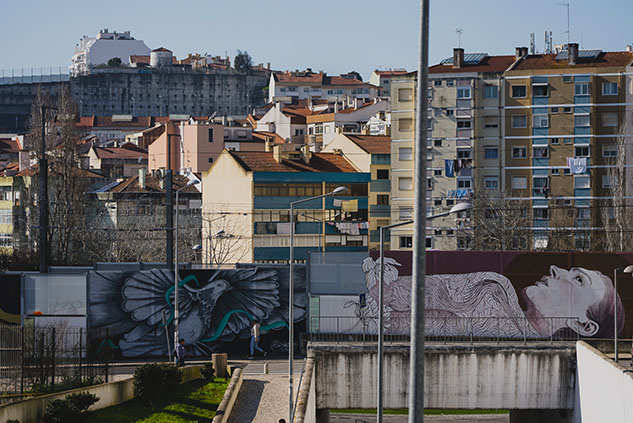
“Lots of people here aren’t originally from the parish, they’re from all over not just the country, but also the world. The lack of town planning policies meant the middle classes left for towns like Oeiras and Mafra. The people who replaced them were mainly people of African origin who came from the centre of Lisbon and Amadora—Gato Fedorento [a Portuguese comic act] had a joke where they ask someone “Have you ever been to Africa?”, and they respond “does Amadora count?”. The cultural differences I see in the street don’t exist at the ballot box.”
Carlos, 54 years old, parish mayor





